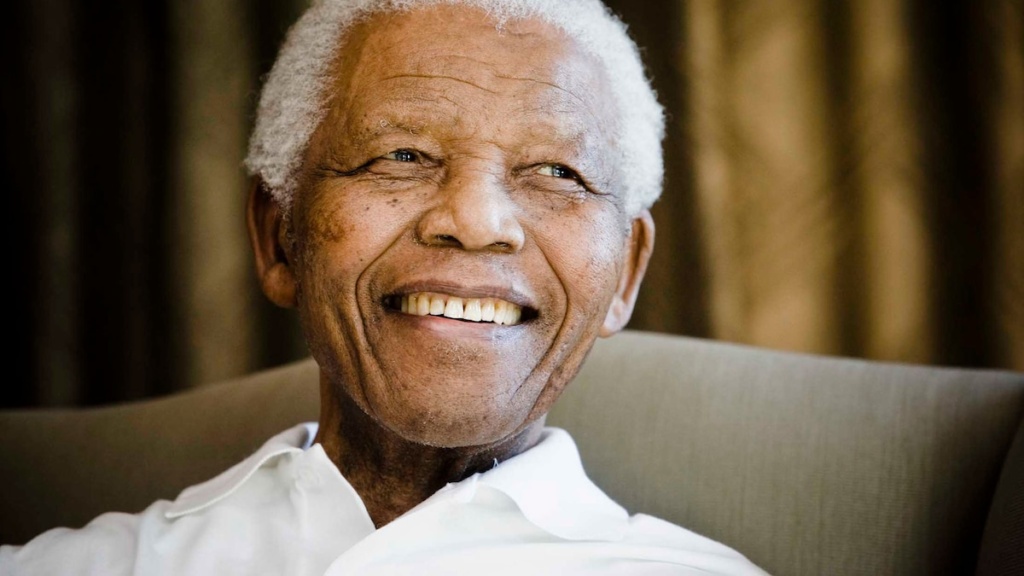Early life
Mandela began his life under another name: Rolihlahla Dalibhunga Mandela. His father was a chief of the Thembu people, a subgroup of the Xhosa people, who make up South Africa’s second-largest cultural group. After defying a British magistrate, Mandela’s father had been stripped of his chieftainship, title, and land. On his first day in a segregated elementary school, Rolihlahla, too, was stripped of his identity when his schoolteacher gave every child an English name—a common practice in a society in which whites “were either unable or unwilling to pronounce an African name, and considered it uncivilized to have one,” he wrote in his autobiography, Long Walk to Freedom.
While Mandela’s skin relegated him to the lowest social order in segregated South Africa, his royal blood—and connections—gave him access to the country’s only university for Black people, the University of Fort Hare. There, he became an activist, and was expelled for protesting the student government’s lack of power. He returned home to his small village on the eastern Cape only to find that his family wanted him to enter an arranged marriage to punish him for leaving school. So he fled north to Soweto, South Africa’s largest Black city, in 1941.
Apartheid and activism
In Soweto, Mandela became a part-time law student at Wits University and began to practice law, starting the nation’s first Black law firm. He joined the African National Congress, a group that agitated for the civil rights of Black South Africans. In 1948, the segregation that was already rampant in South Africa became state law when its ruling party formally adopted apartheid, or apartness. This policy required Black South Africans to carry identification with them at all times, which they needed to enter areas designated for whites. They were forced to live in all-Black zones and forbidden from entering into interracial relationships. Black people were even removed from the voter rolls and eventually fully disenfranchised.
At first, Mandela and his fellow members of the ANC used nonviolent tactics like strikes and demonstrations to protest apartheid. In 1952, Mandela helped escalate the struggle as a leader of the Defiance Campaign, which encouraged Black participants to actively violate laws. More than 8,000 people—including Mandela—were jailed for violating curfews, refusing to carry identification passes, and other offenses.



